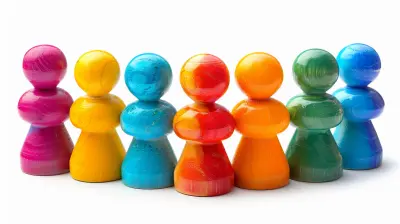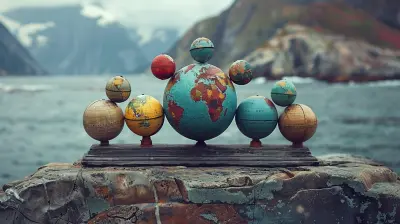The Role of Global Education in Solving the World’s Biggest Problems
24 July 2025
Let’s be honest — the world’s got its fair share of problems. From climate change and global inequality to poverty, conflict, and health crises, it seems like there’s always something going sideways. Sometimes, it feels overwhelming. Like, where do we even begin?
Well, here’s a thought — what if the solution to all these deeply rooted global issues starts with something as simple (yet powerful) as education? But not just any education. We're talking about global education — the kind that opens minds, crosses borders, and connects people with the tools, empathy, and awareness to make real change.
In this article, we’re going to unpack how global education isn’t just a nice-to-have, but a must-have if we want to give our planet — and its people — a better future.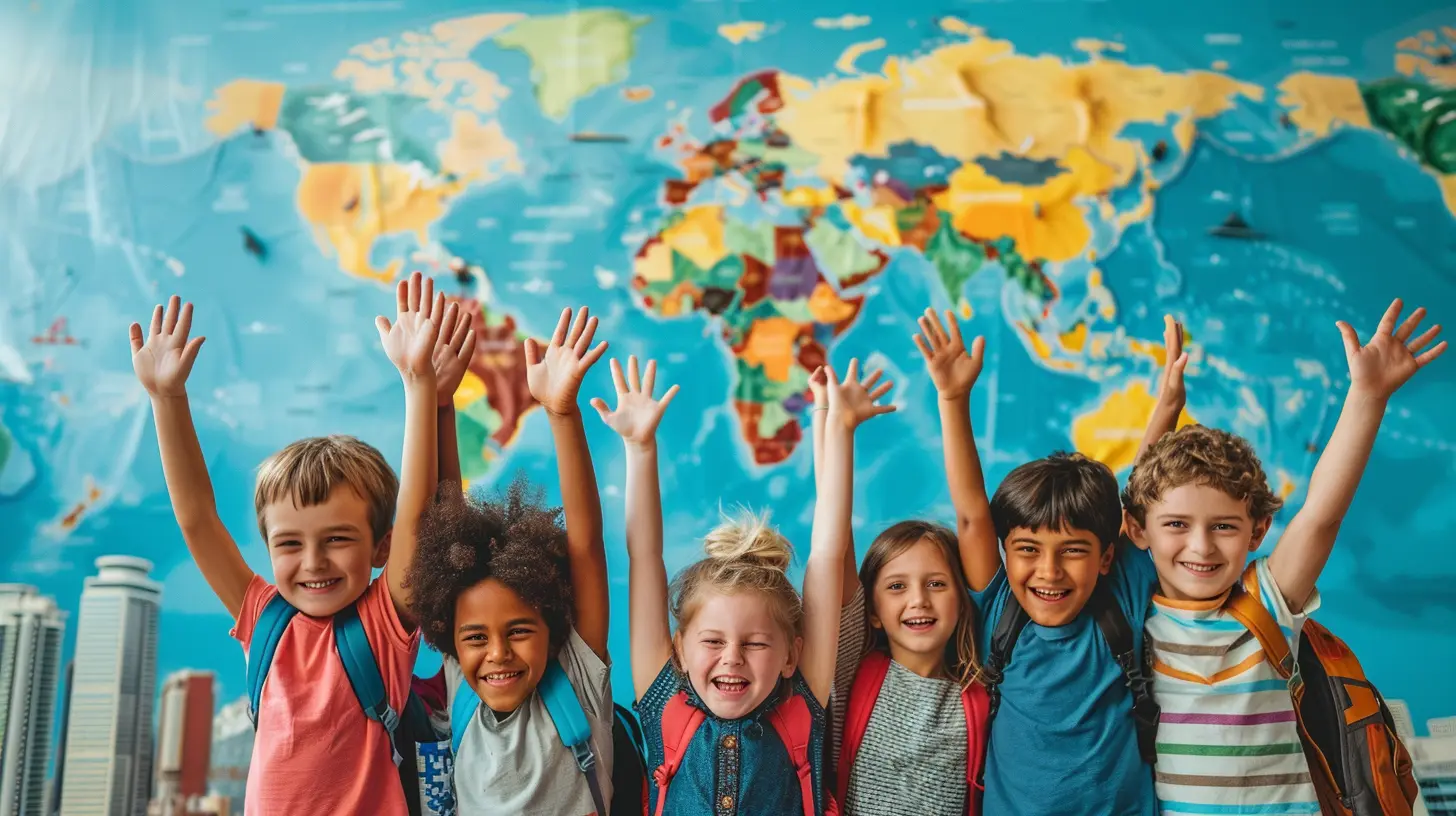
What Exactly Is Global Education?
Before we dive into its role in solving massive problems, let’s first break down what global education actually means.At its core, global education is more than teaching geography or learning a new language. It’s a way of learning that helps us:
- Understand global issues and interdependence
- Respect cultural diversity
- Build critical thinking and problem-solving skills
- Develop empathy and a sense of global citizenship
It’s about seeing the bigger picture and recognizing that everything (and everyone) is connected. That what happens in one part of the world can have ripple effects everywhere else.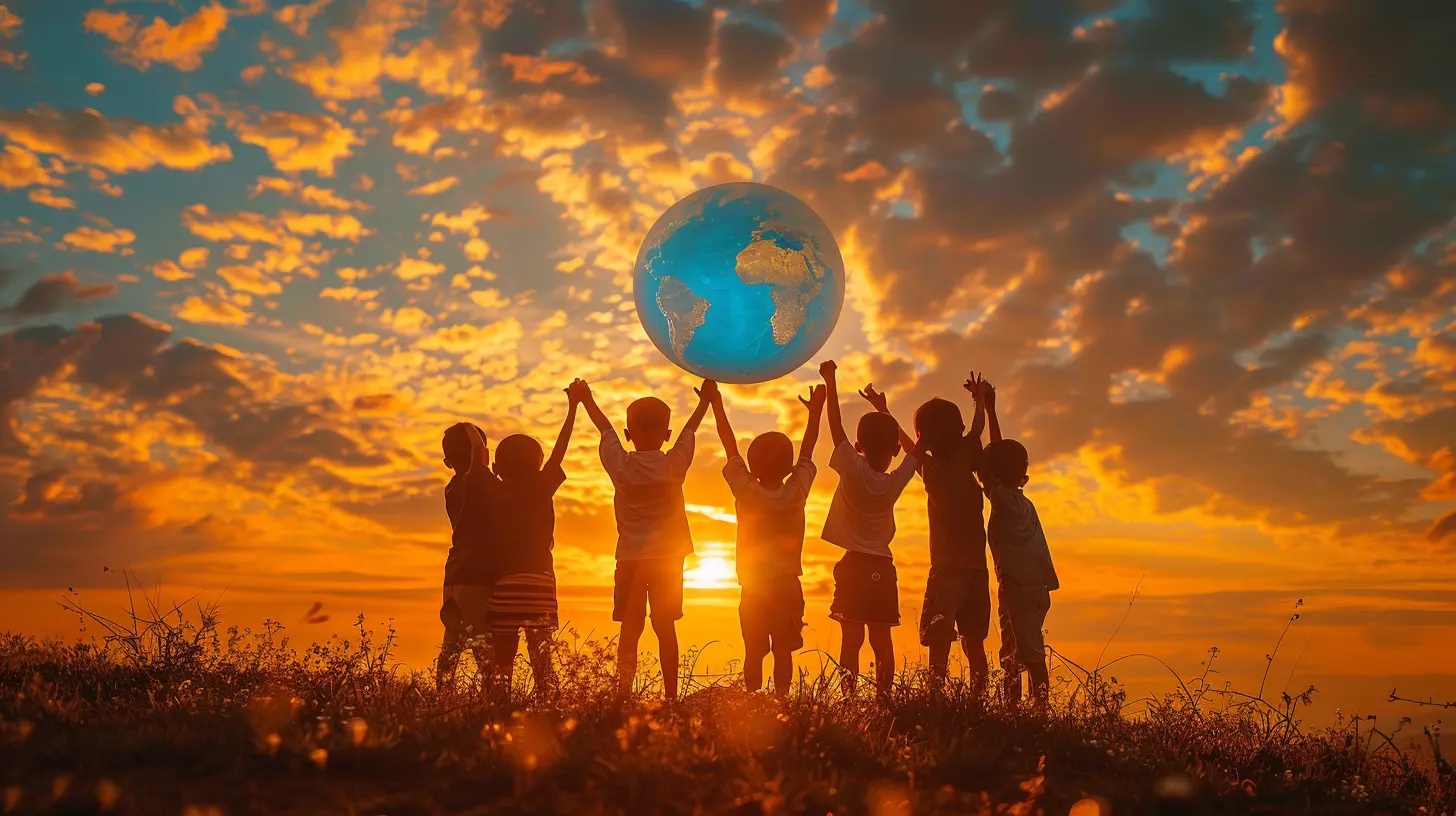
Why Global Education Matters More Than Ever
If you're wondering whether global education really makes a difference, think about this: We live in an age where a virus can spread worldwide in days, a social media post can spark a movement, and climate disasters can affect millions across continents.Our problems are no longer local — they’re global. So if our challenges have gone global, shouldn’t our education systems follow suit?
Let’s walk through some of the world’s biggest problems — and see how global education can help tackle each one.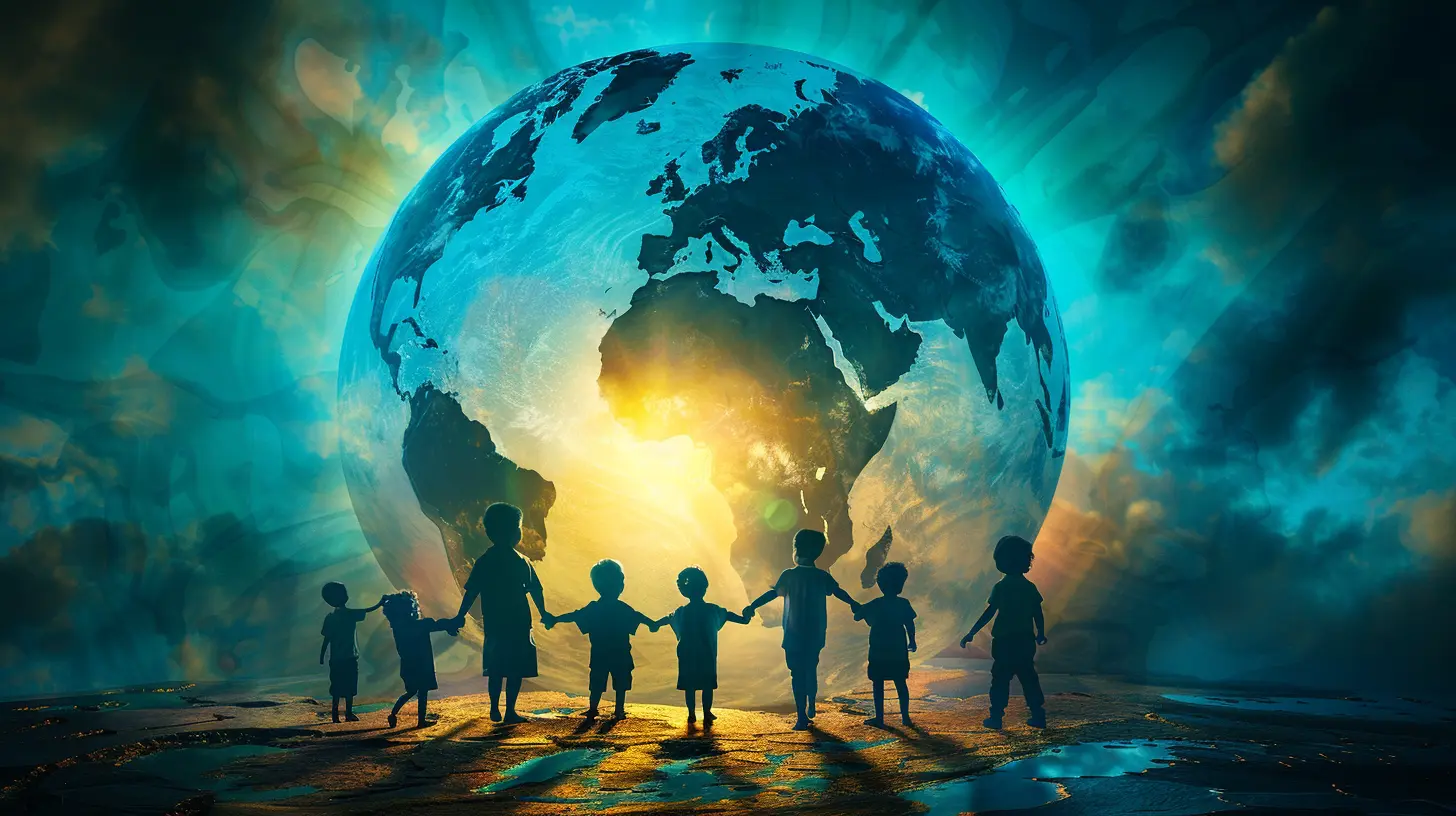
1. Climate Change and Environmental Crisis
The climate isn’t just changing — it’s screaming for help. Floods, wildfires, rising temperatures… it’s all happening.So how can global education help?
Well, when students are taught about climate science, sustainability, and environmental ethics from a global perspective, they:
- Understand how their actions impact the planet
- Learn about renewable energy, conservation, and sustainable living
- Feel empowered to fight for the environment, both locally and globally
Imagine classrooms around the world sharing data on pollution, working together on green tech projects, or organizing climate action campaigns. That’s not wishful thinking — that’s the power of global learning in action.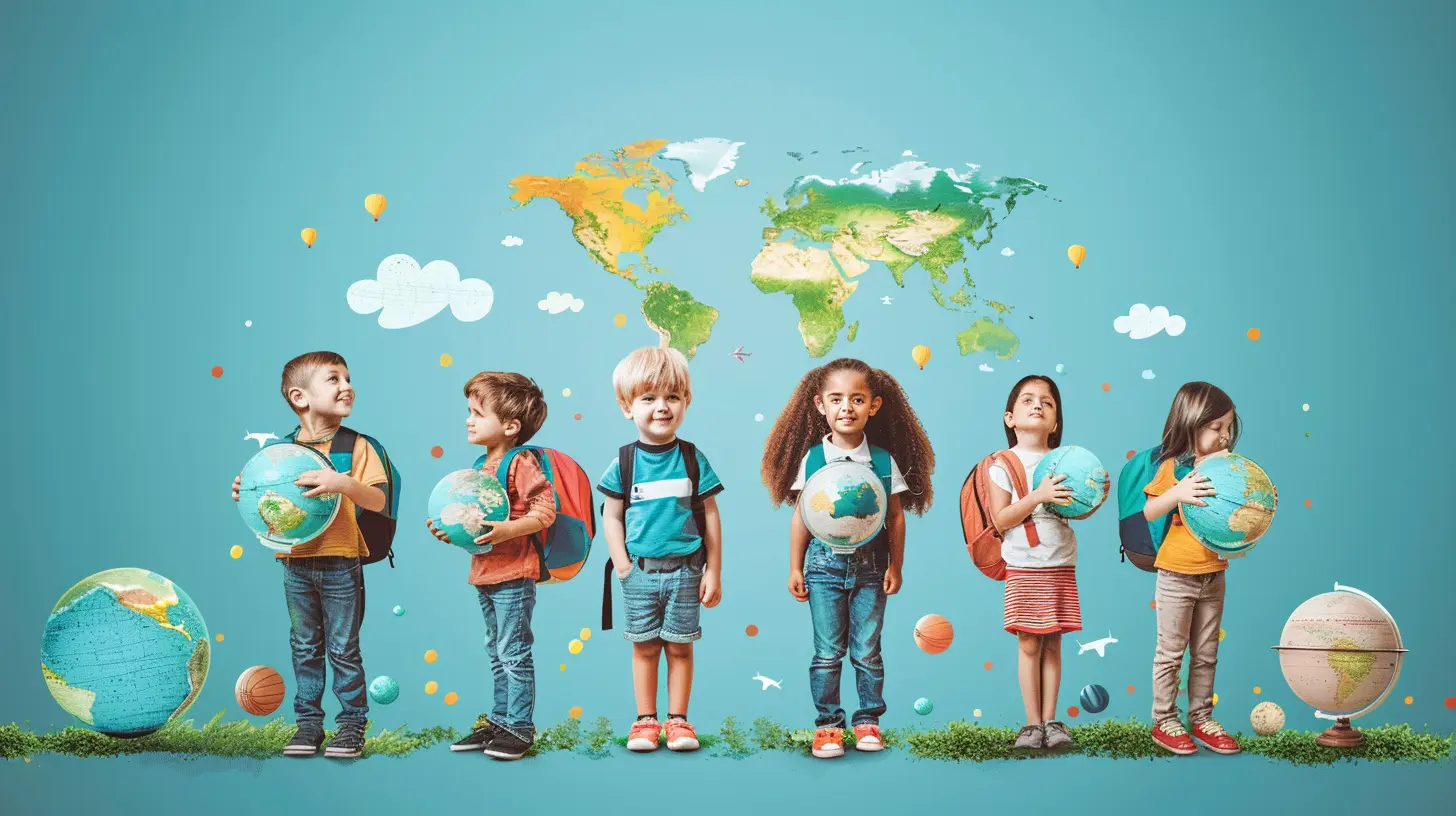
2. Global Inequality and Poverty
It’s no secret that billions of people still struggle to meet their basic needs. But here’s the thing: poverty isn’t just about money. It’s about lack of access — to education, healthcare, clean water, and opportunity.Global education directly helps in narrowing these gaps by:
- Promoting equity and inclusive policies
- Preparing young people to think critically about systems of privilege and oppression
- Equipping them with skills to innovate solutions — think social enterprises, fair trade, or micro-financing
Plus, when students from different parts of the world collaborate, they start to understand each other’s realities. That connection sparks empathy — and action.
3. Conflict, War, and Cultural Divides
Where there’s misunderstanding, there’s room for conflict. But guess what? Most of that misunderstanding stems from lack of exposure to other cultures, histories, and perspectives.Global education helps break down those walls by:
- Teaching peacebuilding and nonviolent communication
- Highlighting global interdependence and shared humanity
- Encouraging respect for cultural diversity
Think about it: it’s a lot harder to hate someone once you truly understand them. And when kids grow up learning to value differences instead of fearing them, we’re looking at a future that’s a lot less divided.
4. Health Crises and Pandemics
If COVID-19 taught us anything, it’s that health is global. A virus that starts in one corner of the world can lock down cities across the planet in no time.Global education can be a game-changer here by:
- Making health literacy a priority — from hygiene to vaccine science
- Sharing knowledge and best practices across borders
- Inspiring the next generation of global health leaders
When students are taught to think globally, they don’t just see pandemics as something that “happens somewhere else.” They think of ways to prevent, contain, and support — across communities and countries.
5. Misinformation and Digital Divide
Let’s face it — we’re flooded with information. But not all of it is true. And not everyone has equal access to the digital tools that make learning possible.Global education steps in by:
- Teaching media literacy — how to fact-check, research, and spot fake news
- Closing the digital divide by making tech access a priority
- Encouraging cross-cultural dialogue in online spaces
Imagine a future where everyone, no matter where they live, can access quality information and share their voice online. That’s not just equality — that’s empowerment.
Real-World Examples of Global Education in Action
This all sounds great in theory, but what does global education actually look like on the ground?Here are a few examples that show it’s more than just talk.
Example 1: Model United Nations (MUN)
Students from all over the world role-play as ambassadors in a simulated UN. They debate real-world issues like climate change, human rights, and global security. It’s not only educational — it’s transformational.Example 2: Global School Partnerships
Programs like Connecting Classrooms link schools across borders. A classroom in Kenya might partner with one in the UK to work on shared science projects, cultural exchanges, or SDG-focused solutions.Example 3: Online Learning Platforms
Platforms offering free online courses (like Coursera, edX, Khan Academy) are making education accessible to millions. Some even have global education tracks that explore global citizenship and multicultural understanding.The impact? Massive. Students in rural villages get the same opportunities as those in big cities. That’s game-changing.
The Role of Teachers and Educators
None of this happens without teachers. They’re not just classroom instructors anymore — they’re global guides.When teachers embrace global education, they:
- Infuse their lessons with world perspectives
- Encourage empathy and open-mindedness
- Inspire students to be changemakers, not just test-takers
And the best part? You don’t need fancy tools or international exchange programs to bring global education into the classroom. Sometimes it starts with a simple question like, “How is this issue affecting people in other parts of the world?”
Education for Global Citizenship
One buzzword you’ll hear a lot in this conversation is global citizenship. But what does that actually mean?It’s not about giving up your national identity. It’s about:
- Recognizing your role in an interconnected world
- Acting with responsibility, empathy, and awareness
- Working for the greater good — beyond borders
Global education shapes not just smart students, but informed, ethical citizens. And let’s be real — the world needs more of those.
Challenges and Barriers to Global Education
Of course, it’s not all smooth sailing. There are real hurdles we need to talk about:- Access and inequality: Not all schools have the resources to implement global curricula.
- Resistance to change: Some communities view global education as a threat to local values.
- Language barriers: English dominates much of the global education content, excluding others.
But here's the thing: Every challenge is an opportunity — an invitation to get creative. Whether it's building open-source educational tools or translating materials into more languages, we can push through these barriers.
So, What Can You Do?
You might be thinking, “Cool, but I’m just one person. What can I actually do?”Well, here’s the truth — you don’t need to overhaul the entire education system to make a difference. Start small:
- If you’re a student: Push for more global issues in your curriculum. Start a club. Join global forums.
- If you’re an educator: Integrate global themes into your lessons. Collaborate with teachers from other countries.
- If you’re a parent: Encourage curiosity about the world. Watch documentaries, read global news, talk about diversity.
- If you’re just someone who cares: Support organizations that promote global learning. Advocate for education reform. Share what you learn.
One spark of awareness can light a fire of change.
Final Thoughts: Education Is the Root of Everything
Let’s bring it full circle. We started with a world that feels like it’s falling apart in places. And we’ve explored how global education is like superglue — bringing minds and hearts together, inspiring action, and building the future we dream of.This isn’t just about test scores or degrees. It’s about raising people who care — who are informed, curious, and ready to take on the big stuff.
So let’s keep pushing for a world where every kid, no matter where they’re born, has the chance to learn not just about the world — but how to change it.
Because in the end, global education isn’t just part of the solution — it is the solution.
all images in this post were generated using AI tools
Category:
Global EducationAuthor:

Eva Barker
Discussion
rate this article
1 comments
Spencer Riggs
This article highlights the critical importance of global education in addressing pressing issues. By fostering critical thinking and cross-cultural understanding, we can equip future leaders to tackle these challenges effectively.
August 4, 2025 at 11:37 AM

Eva Barker
Thank you for your insightful comment! I completely agree—global education is key to equipping future leaders with the skills needed to confront today’s challenges.

